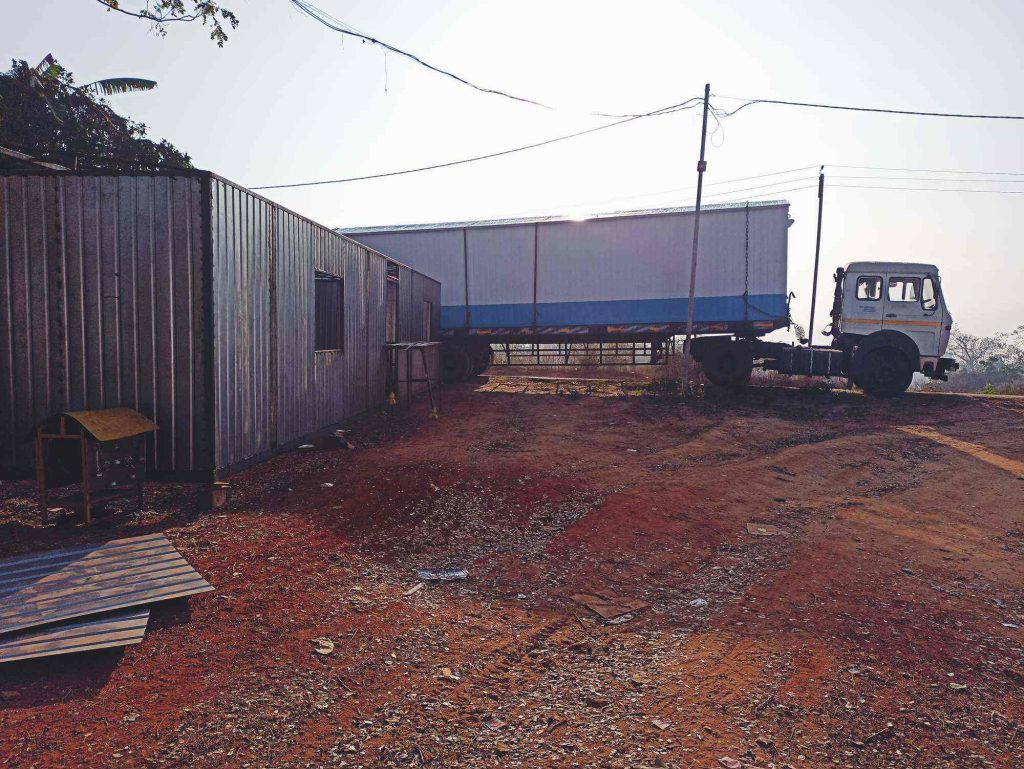Maintaining electrical transformation cabins is crucial for ensuring safety, reliability, and efficiency in electrical distribution systems. Adopting best practices for maintenance not only helps in preventing equipment failure but also protects personnel and minimizes downtime. Here are some key safety and reliability best practices for the maintenance of electrical transformation cabins.

- Regular Inspections and Preventive Maintenance: Conducting regular inspections is essential for identifying potential issues before they escalate. Maintenance schedules should include routine checks on transformers, circuit breakers, fuses, and associated equipment. Inspecting for signs of wear, overheating, or corrosion can help mitigate risks. Implementing a preventive maintenance program based on manufacturer recommendations and operational data enhances equipment reliability.
- Environmental Controls: Electrical transformation cabins should be kept clean and well-ventilated to prevent overheating and contamination. Dust and debris can accumulate on equipment, leading to short circuits and other failures. Proper drainage systems must be in place to manage water ingress, and temperature controls should be maintained to ensure optimal operating conditions. Monitoring humidity levels is also important, as excessive moisture can damage electrical components.
- Safety Protocols and Personal Protective Equipment PPE: Establishing comprehensive safety protocols is vital for protecting maintenance personnel. Workers should be trained on safety practices, including lockout/tag out procedures to prevent accidental energization during maintenance. Personal protective equipment such as gloves, helmets, and safety glasses must be worn at all times. Regular safety drills and training sessions can reinforce the importance of these measures.
- Documentation and Record Keeping: Keeping accurate maintenance records is crucial for assessing the performance and reliability of electrical transformation cabins. Documentation should include inspection dates, maintenance activities performed, and any anomalies observed. This information helps in trend analysis, facilitating proactive decision-making regarding future maintenance and upgrades.
- Component Upgrades and Technology Integration: As technology evolves, it is important to consider upgrading components within transformation cabins to enhance performance and reliability. Incorporating smart monitoring systems allows for real-time data collection and analysis, helping to identify issues quickly and improve response times. Such systems can provide alerts for abnormal conditions, enabling timely interventions.
- Collaboration and Communication: Effective communication among maintenance teams, operators, and management is essential for a successful maintenance strategy. Regular meetings can foster collaboration, allowing for the sharing of experiences and best practices. Engaging with suppliers for training and updates on new technologies can also contribute to improved maintenance practices.
Implementing these best practices for the maintenance of electrical transformation cabins can significantly enhance safety and cabine trasformazione mt bt reliability. By focusing on regular inspections, environmental controls, safety protocols, documentation, technology upgrades, and effective communication, organizations can ensure the long-term efficiency and safety of their electrical infrastructure.
